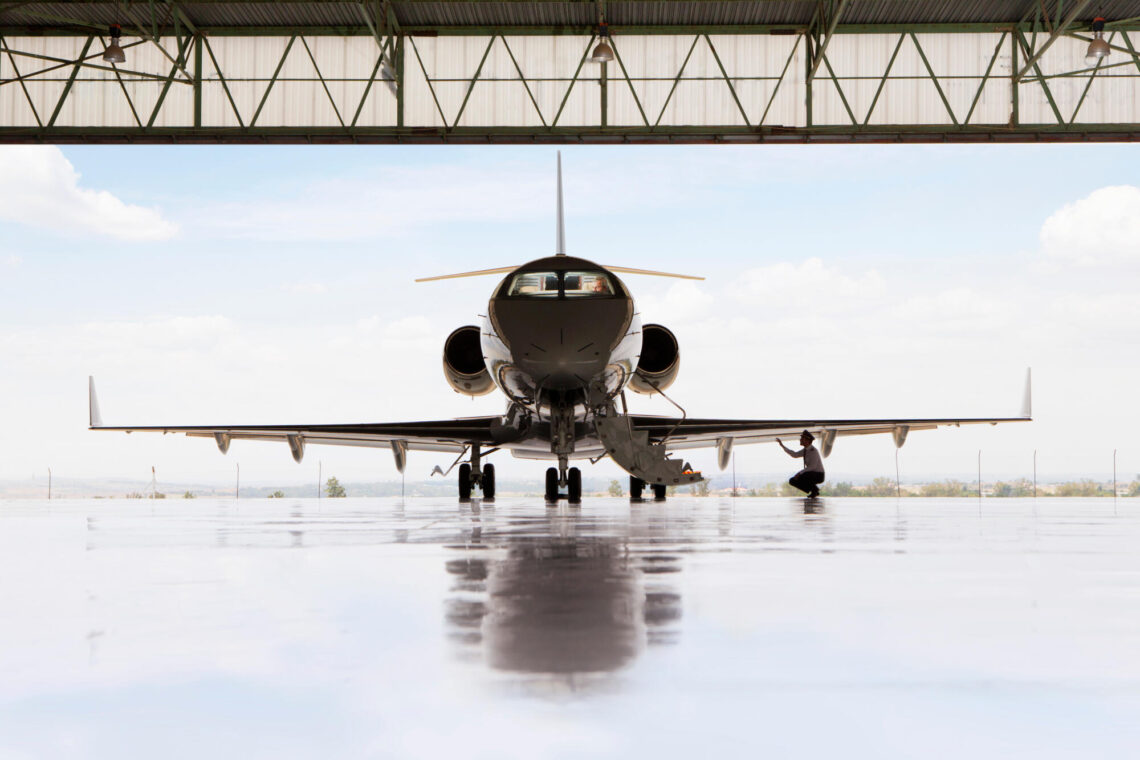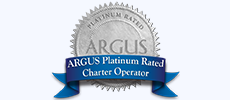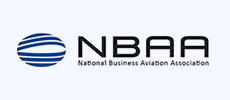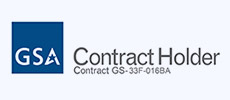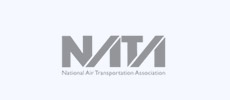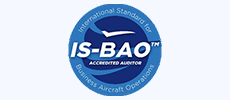While there may be only one flying accident for every 100,000 hours flown by aircraft worldwide, that doesn’t mean one should scrimp on safety. The reason for such a low number is the number of people adhering to those safety standards. If you are flying private, do you check that your flights adhere to private jet safety guidelines to keep this number as low as possible and ensure your own secure, private flights are without incident?
Below, we dive into six key ways you can ensure you maintain private aviation safety during your travel. Discover aviation safety tips that should be at the top of your checklist, and have a pleasant flight, safe in the knowledge that you have taken care of all you can.
1. Verify the Operator’s Safety Certifications and Credentials
Before you fly, make sure that the operator has safety certifications from either the:
- Federal Aviation Administration (FAA)
- European Aviation Safety Agency (EASA)
Which you check for will depend on where you are flying, with the United States and Europe having different requirements. If you think you may be flying elsewhere, you may also need to seek other certifications for those locations.
These well-regarded certifications ensure the operator meets flight safety standards and international legal requirements. It also means their pilots have the training to respond to unfavorable conditions professionally. If they do not have these certifications, they may also not operate legally, which could cause further issues for you later.
For an extra layer of certainty, you may want to check that they seek out third-party audits to offer additional layers of unbiased validation to their assurances. You can check this with the auditing companies themselves once the company has informed you of who they are.
2. Inspect Aircraft Maintenance Records Before Every Flight
Before you start flying with any specific private flight service, you can contact the charter service directly and request access to maintenance records. State that you want to verify their safety and compliance before you fly.
These records are often kept confidential for safety or business reasons. However, you may request proof that they comply with safety standards.
Flight companies may be unwilling to disclose their complete records. So, if you cannot get all this information, you are much more likely to succeed if you ask for more specific data, such as:
- Recent inspection documents
- Certifications
- Proof of recent maintenance
- Engine service records
- System checks
- Aircraft flight logs
In some cases, you may have the right to request certain maintenance documents under local aviation regulations. Discuss this step with a lawyer if you have trouble accessing the records.
3. Ensure Pilot Qualifications Meet or Exceed Industry Standards
Pilots of chartered flights will have logged thousands of flight hours over their careers. According to pilot training company Golden Epaulettes, a private pilot’s average flight time per aircraft is around 500-1,000 hours per year. However, they warn that this varies wildly, so be aware of this fact before making too strong a judgment.
In general, however, private chartered airlines try to hire pilots with a much higher flight time due to their professionalism and experience.
However, as you learn more about pilots in your area, you may start to understand which are more capable. You can also learn what a good amount of time looks like for your preferred aircraft. Judging the pilot based on these experiences is much more likely to give you valuable insights into their capabilities.
If you want specific things to check, ask about:
- Pilot certifications
- Recurrent training in emergency handling
- Knowledge of evacuation procedures
- Medical clearance within 12 months
While operators should conduct periodic checks for the above, asking about them is appropriate for performing your due diligence.
4. Confirm Onboard Safety Equipment Is Up to Date
Ask whether routine equipment checks have occurred to ensure all onboard gear is functional and ready. Examples include:
- Defibrillators
- Fire extinguishers
- Oxygen masks
- First-aid kits
- Life jackets
- Emergency locator beacons
All equipment should match current industry standards. For example, fire extinguishers should also have visible inspection tags with valid dates written on them. In addition, all electrically powered devices should have their batteries checked, and oxygen mask tanks should have their supplies confirmed.
If you want to check yourself, the aircraft should have an equipment maintenance log you can read to confirm adherence to safety procedures.
5. Follow the Pre-Flight Safety Briefing Alongside All Passengers
Before every flight, the crew should introduce all the passengers to safety procedures and inform them where the emergency exits are. They should also ensure that all passengers understand how and when to use seat belts for their own safety and that of others on the flight.
Ensuring all people on the flight are familiar with safety procedures can foster greater collaboration in emergencies. As such, it is crucial that you take the time to confirm everyone understands their safety responsibilities.
6. Adhere to Weather and Flight Condition Assessments
Check the weather reports before booking a flight to help you decide whether to journey that day. If there are adverse weather conditions, avoiding flying altogether may be smarter and safer.
However, if you must travel, listen to and respect the pilot and their crew. They will want to ensure the trip is as safe as possible. In some cases, they may cancel the flight as they will not feel that it is safe, and it is essential that you respect their voice of experience.
Putting Private Jet Safety First While You Travel the Skies
Following the above jet travel guidelines will ensure peace of mind and help create a smoother, worry-free charter experience for all on the flight.
Presidential Aviation works hard to ensure that safety is one of the primary reasons our customers choose us. We aim to be known for assurances of private jet safety while also getting you where you need to be on time and comfortably. So, contact us to learn more about what we do to keep you safe in the air or if you need to charter a flight today.

